| Code |
Attribute |
Definition |
Example |
| 1 |
Collision with Motor Vehicle in Transport |
A motor vehicle is any motorized (mechanically or electrically powered) road vehicle not operated on rails. When applied to motor vehicles, ‘in transport’ refers to being in motion or on a roadway. Inclusions: motor vehicle in traffic on a highway, driverless motor vehicle in motion, motionless motor vehicle abandoned on a roadway, disabled motor vehicle on a roadway, etc. |
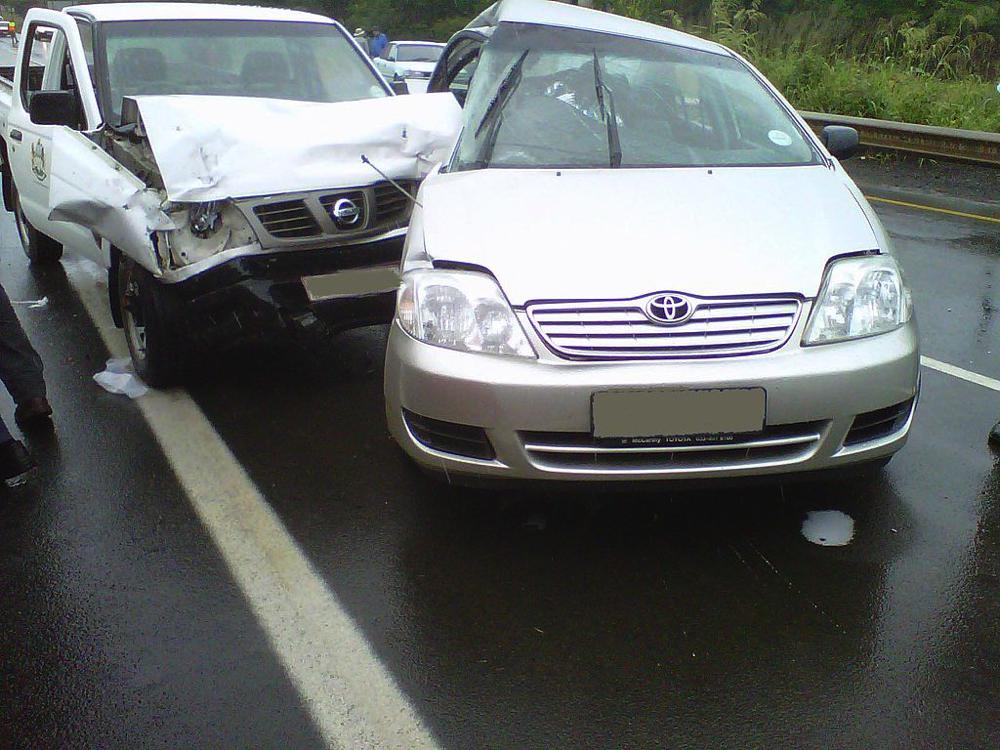 |
| 2 |
Collision with Parked Motor Vehicle |
A parked motor vehicle is a motor vehicle not in-transport and not presently engaged in highway road work, non-highway road work and commercial work, and is not in motion, not located on the roadway, and legally parked. In roadway lanes used for travel during some periods and for parking during other periods, a parked motor vehicle should be considered to be in-transport during periods when parking is forbidden. Any stopped motor vehicle where the entirety of the vehicle’s primary outline as defined by the four sides of the vehicle (e.g., tires, bumpers, fenders) and load, if any, is not within the roadway is parked. |
 |
| 3 |
Collision with Pedestrian |
A person who is not an occupant of a motor vehicle in transport or a pedalcyclist. Includes a person who is adjacent to the motor vehicle regardless of their actions. |
 |
| 4 |
Collision with Cyclist |
Includes bicycles, tricycles, unicycles, pedal cars, etc. This attribute is used only for occupied pedalcycles. A bicycle in the roadway without a rider that is struck would be a ‘collision with unknown/other fixed object’. |
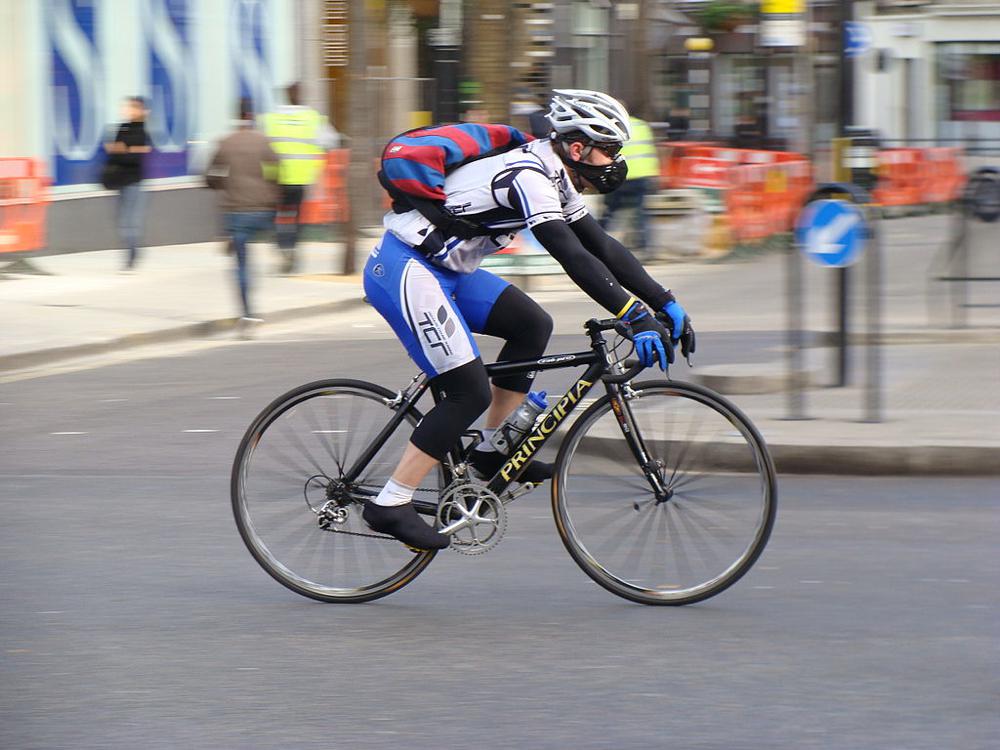 |
| 5 |
Collision with Animal-Deer |
This attribute is used for collisions with live deer. A dead deer (carcass) should be entered as ‘collision with unknown/other fixed object’. Default ‘collision with deer’ if it cannot be determined whether the struck deer was alive or dead at the time of the crash. |
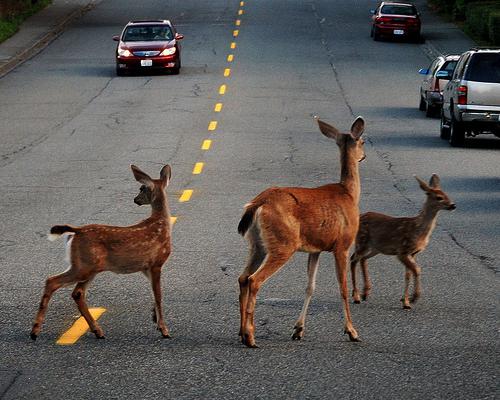 |
| 6 |
Collision with Animal-Other |
This attribute is used for collisions with live animals (domesticated or wild) that are not themselves being used as transportation or to draw a wagon, cart or other transport device (see Other Non-motorist). A dead animal (carcass) should be entered as ‘collision with unknown/other fixed object’. Default ‘collision with animal-other’ if it cannot be determined whether the struck animal was alive or dead at the time of the crash. |
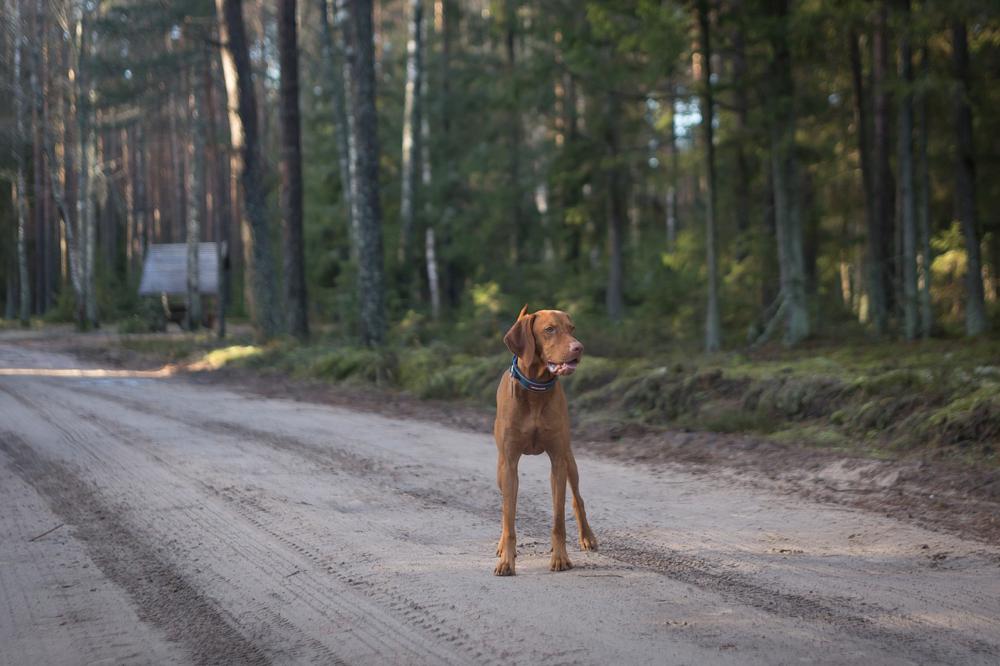 |
| 7 |
Collision with Moped |
A motor vehicle possessing two wheels in contact with the ground, a seat or saddle for driver and passenger, a steering handle bar, and a brake horsepower not exceeding 2 HP. Unlike motorcycles, a moped by definition cannot include an enclosure. |
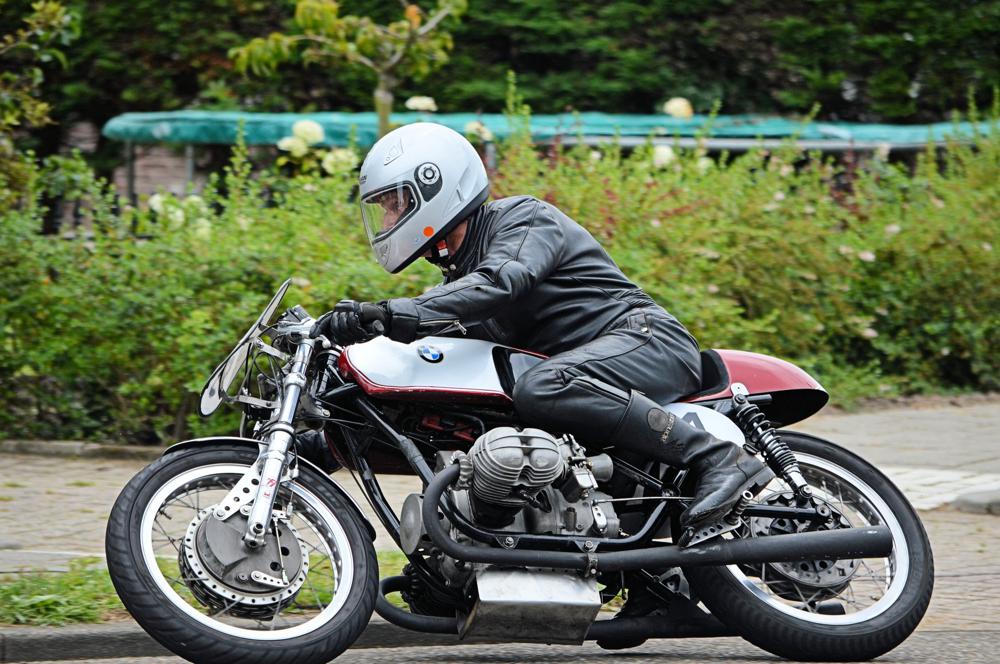 |
| 8 |
Collision with Work Zone Maintenance Equipment |
A motor vehicle in the act of performing construction, maintenance, or utility work related to the trafficway. This work may be located within open or closed portions of the trafficway and motor vehicles performing these activities can be within or outside the trafficway boundaries. This attribute excludes vehicles being operated on the trafficway for other work purposes such as, garbage trucks, delivery trucks, police vehicles, etc. |
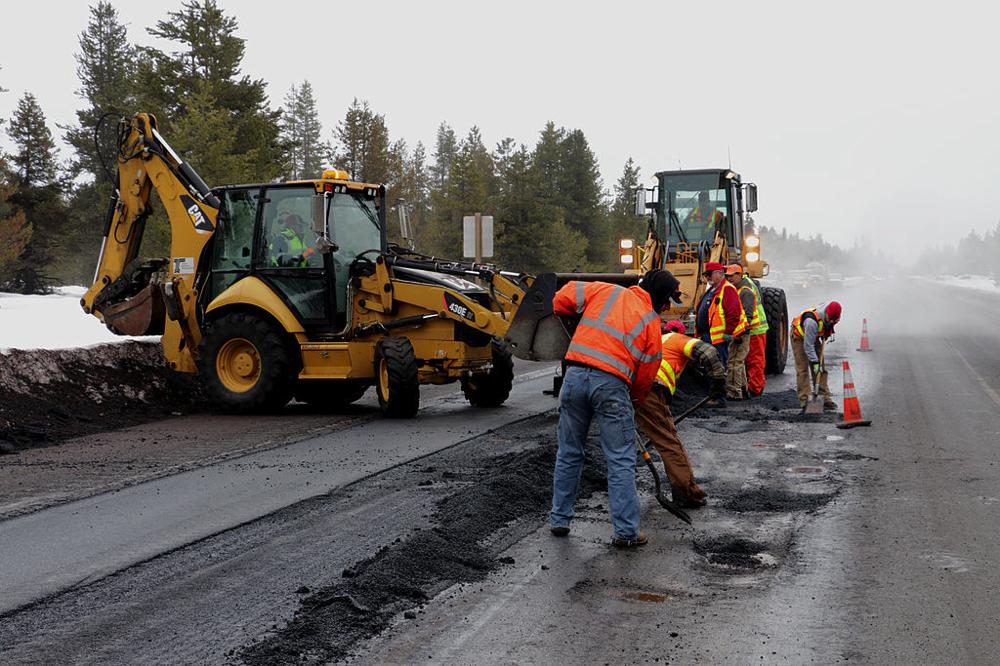 |
| 9 |
Collision with Railway Vehicle (Train, Engine) |
Any land vehicle (train, engine) that is (1) designed primarily for moving persons or property from one place to another on rails and (2) not in use on a land way other than a railway. This would include a motor vehicle (e.g. pickup truck) specially equipped to operate on rails when in use on a railway. |
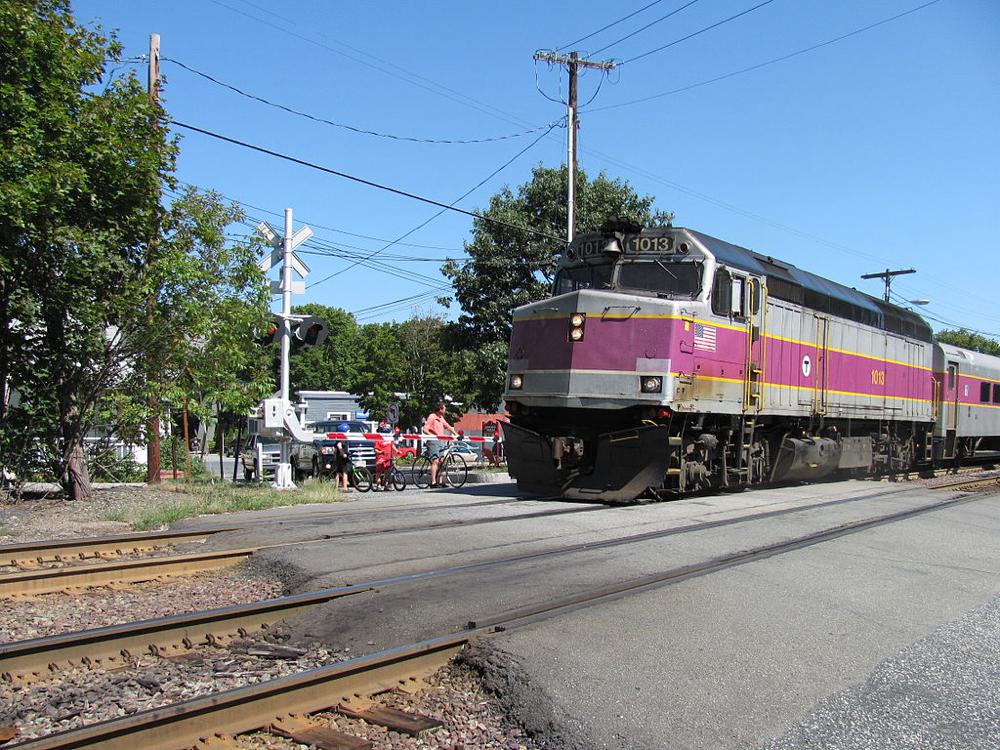 |
| 10 |
Collision with Movable Object |
An object other than a motor vehicle in-transport, a pedestrian, another road vehicle in transit, a parked motor vehicle, a railway vehicle, a pedalcycle, an animal, or a fixed object. Fallen trees are one example. If this attribute is selected, an explanation in the narrative is recommended. |
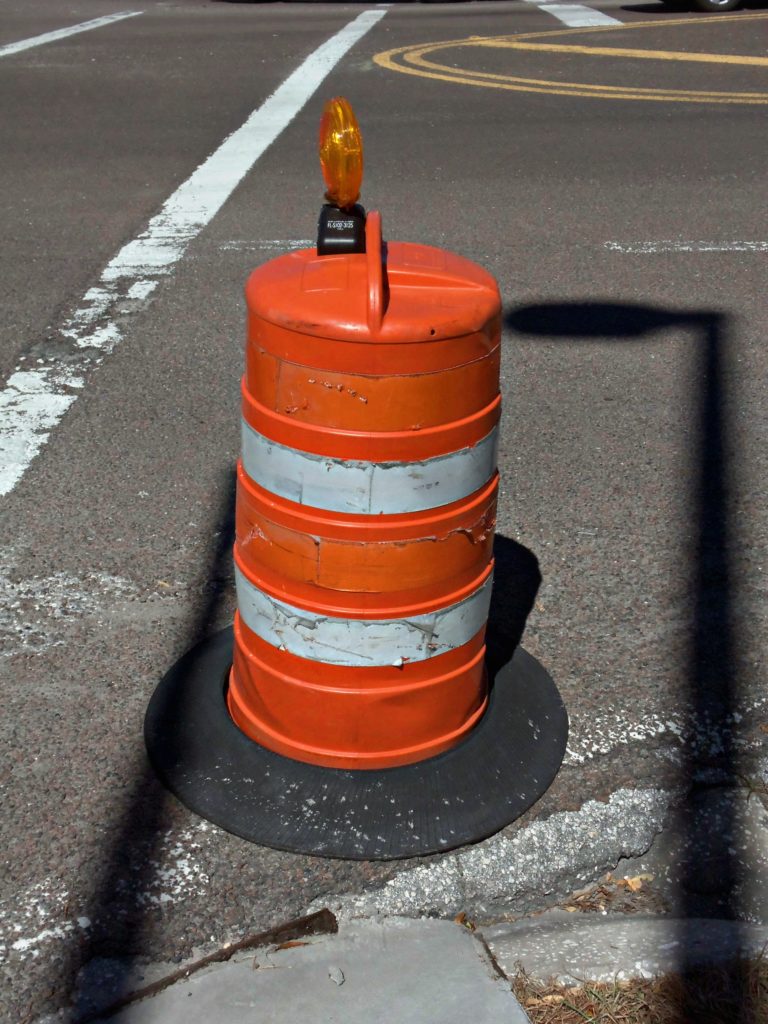 |
| 20 |
Collision with Curb |
A raised edge or border to a roadway. Curbs may be constructed of concrete, asphalt or wood, and typically have a face height of less than 9 inches. |
 |
| 21 |
Collision with Tree |
Refers to a tree that is upright and in the ground. A standing tree is a fixed object as opposed to a fallen tree that is a moveable object (see attribute ‘collision with unknown/other non-fixed object’). This attribute would include a tree stump. An entire tree or branches/limbs from a tree that falls on a vehicle should be coded as ‘other non-collision’ under First Harmful Event and described in the narrative. |
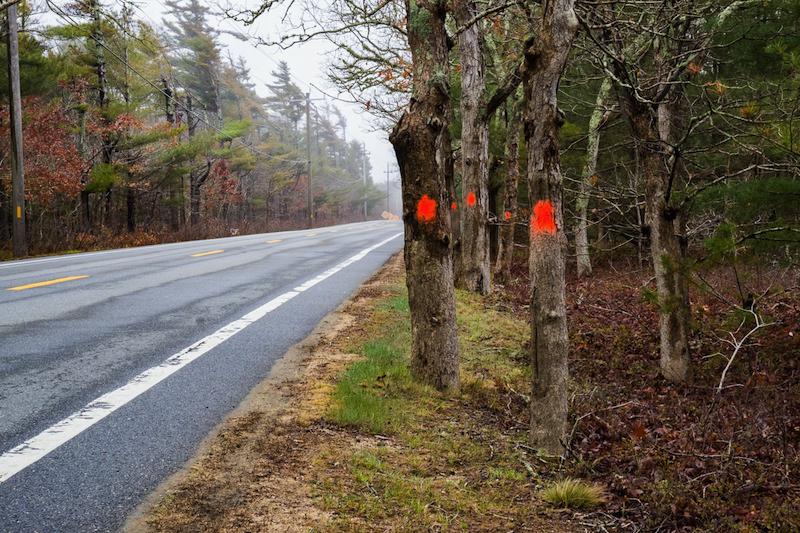 |
| 22 |
Collision with Utility Pole |
Constructed for the primary function of supporting an electrical line, telephone line or other electrical/electronic transmission line or cable. |
 |
| 23 |
Collision with Light Pole or Other Post/Support |
A fixed pole/post constructed to light a roadway, or another pole/post constructed for the primary function of supporting an electric line, telephone line or other electrical-electronic transmission line or cable. |
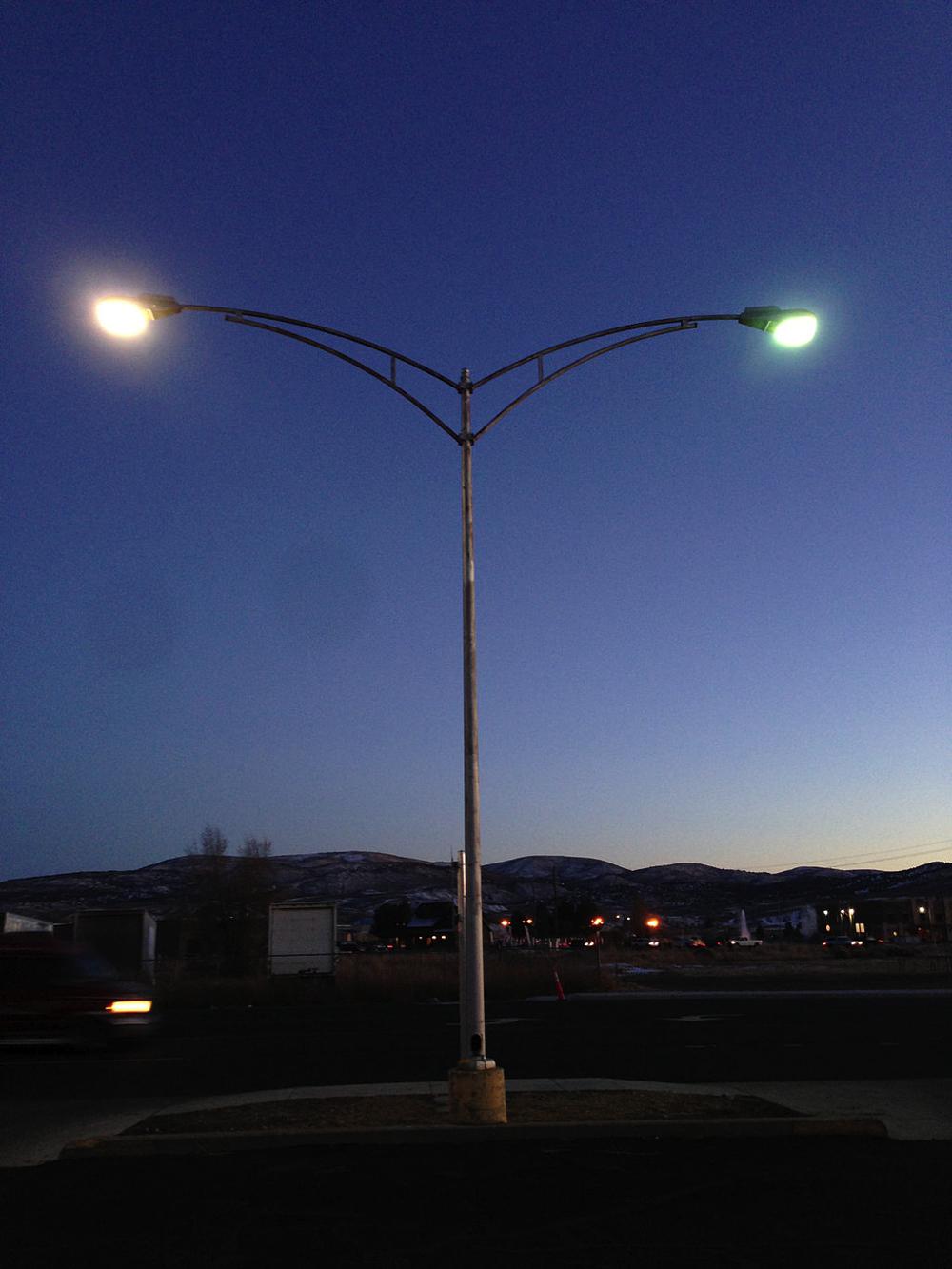 |
| 24 |
Collision with Guardrail |
A strong, short metal fence at the side of a roadway, intended to reduce the risk of serious accidents and vehicles leaving the roadway. |
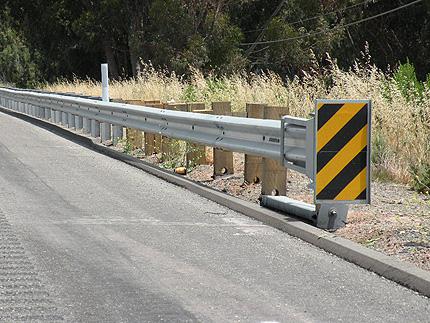 |
| 25 |
Collision with Median Barrier |
Refers to the longitudinal traffic barriers located in the median, constructed of concrete or several flexible cables typically supported by steel posts. This includes all temporary concrete barriers regardless of location (i.e., a temporary “Jersey Barrier” on a bridge being used to control traffic during bridge repair/construction). |
 |
| 26 |
Collision with Ditch |
This includes any man-made structure for drainage purposes. A ditch ends where a culvert begins and resumes on the opposite side of the culvert. A collision with the sides of a ditch (“ditchbank” or “ditch embankment”) should be coded as ‘collision with ditch’ rather than ‘collision with embankment’. |
 |
| 27 |
Collision with Embankment |
An earthen structure used to support a channel or roadway. |
 |
| 28 |
Collision with Bridge |
Indicates a collision with the supports for a bridge structure, including piers and/or pillars, the ends (abutments) and the bridge rail (a barrier attached to a bridge deck, or a bridge parapet to restrain motor vehicles, pedestrians or other users). NOTE: A bridge rail may be constructed of various materials including metal, concrete, stone, wood, and/or combinations of these materials. |
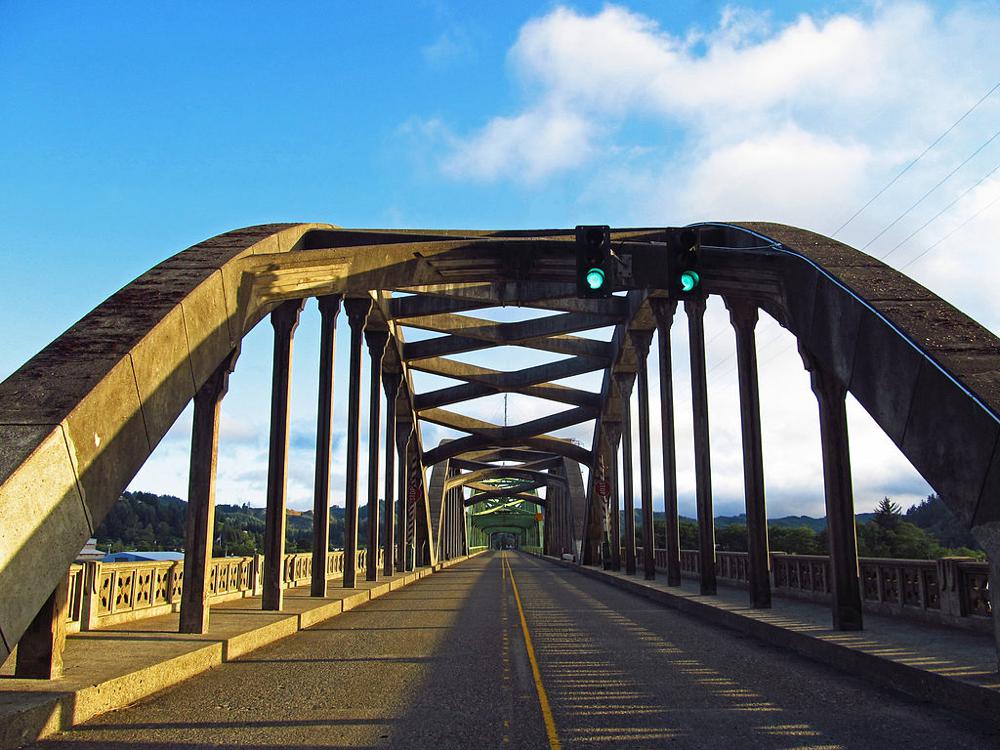 |
| 29 |
Collision with Bridge Overhead Structure |
Indicates a collision with any part of a bridge that is over the reference or subject roadway. In crash reporting, this typically refers to the beams or other structural elements supporting a bridge deck. Collisions with the support structures in the middle of the bridge (piers or columns), at the ends (abutments), or rails and barriers intended to restrain vehicles and pedestrians should be indicated under the attribute ‘collision with bridge’. |
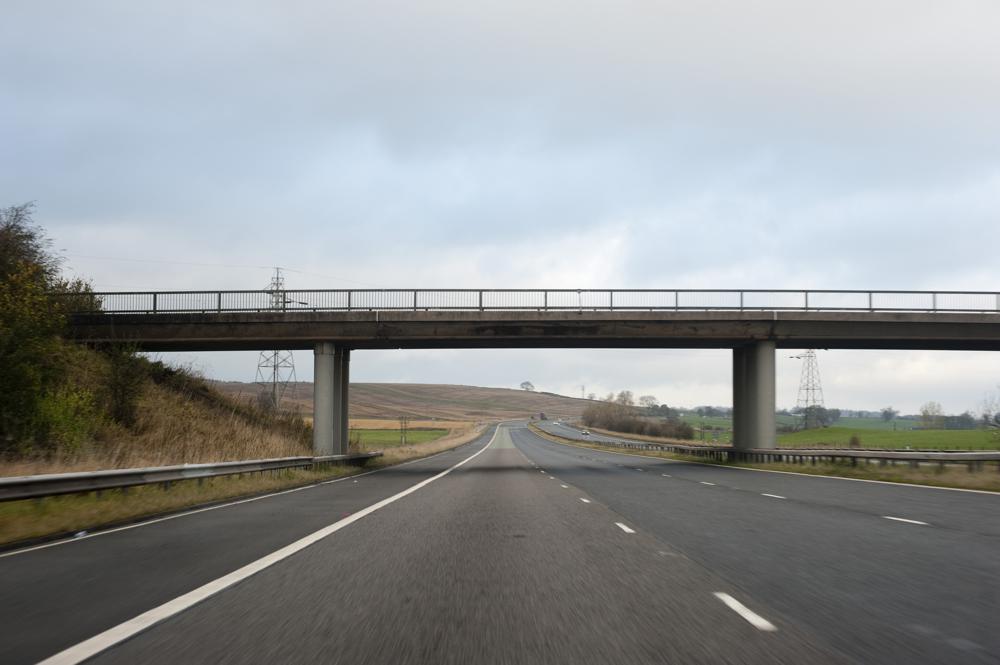 |
| 30 |
Collision with Unknown/Other Fixed Object |
To be used for any collision not covered by an existing attribute code. Some examples include (but are not limited to) collisions with: a bicycle without a rider, a dead deer, a dead carcass, or a fallen tree. If this attribute is used, an explanation in the narrative is recommended. |
|
| 40 |
Overturn/Rollover |
A motor vehicle that has overturned at least 90 degrees to its side. |
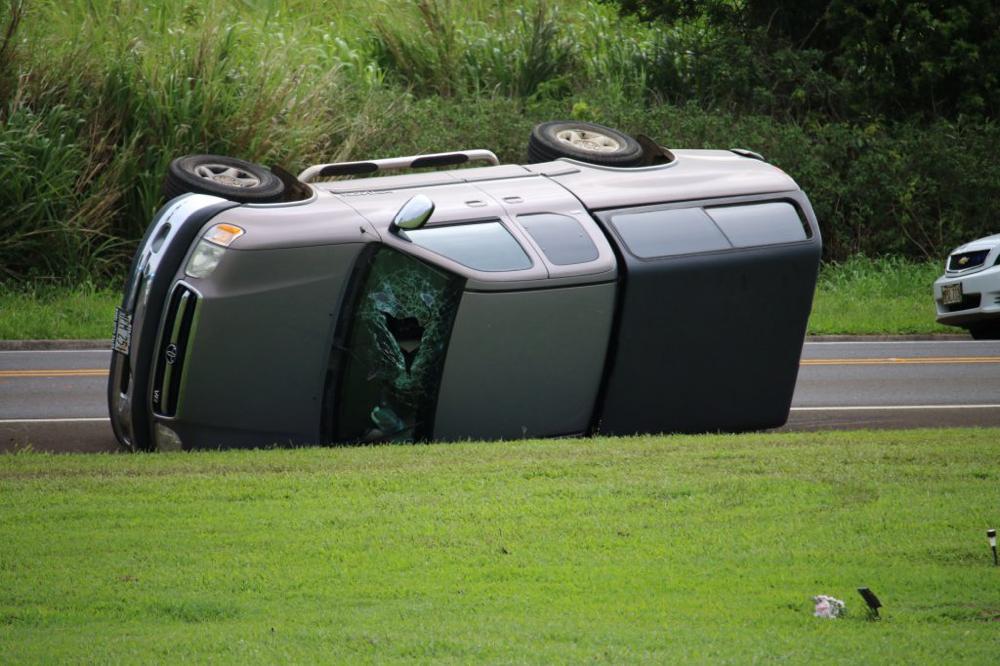 |
| 41 |
Jackknife |
An uncontrolled articulation between a tractor and trailer(s) that occurs at any time during the crash sequence. ‘Jackknife’ as a First Harmful Event would only occur as the first injury or damage producing event of the crash. This condition reflects a loss of control of the vehicle by the driver wherein the trailer(s) twists or bends from its normal straight-line path behind the power unit. As an event in a vehicle’s Sequence of Events this event is not necessarily harmful to the vehicle that jackknifes. If a jackknifing vehicle strikes another motor vehicle in-transport the proper event sequence is ‘jackknife’ followed by ‘motor vehicle in-transport’ for that vehicle. |
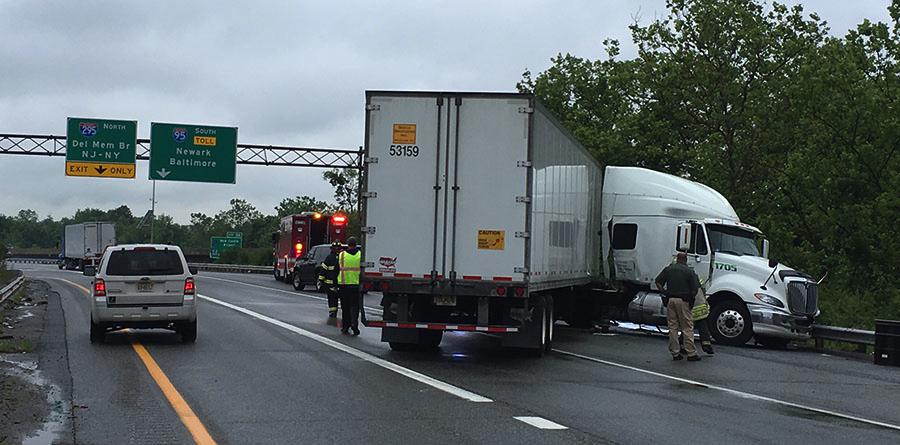 |
| 42 |
Other Non-Collision |
This attribute is used for a variable that is not addressed by the previous attribute options. Examples include: (1) Driving off a cliff where damage is not the result of an overturn or a collision with a fixed object, (2) an unbelted passenger hits his or her head on the roof of a vehicle and is injured, when the vehicle travels over a sharp dip in the road, (3) situations where a passenger is sickened or dies due to carbon monoxide fumes leaking from a motor vehicle in transport. This also includes when an occupant of a vehicle is run over by his/her own vehicle after falling from the vehicle. If this attribute is used, an explanation in the narrative is recommended. |
|
| 43 |
Unknown Non-Collision |
If this attribute is used, an explanation in the narrative is recommended. |
|
| 97 |
Other |
This attribute is used for a variable that is not addressed by the previous attribute options. If this attribute is used, an explanation in the narrative is recommended. |
|
| 99 |
Unknown |
If this attribute is used, an explanation in the narrative is recommended. |
|























